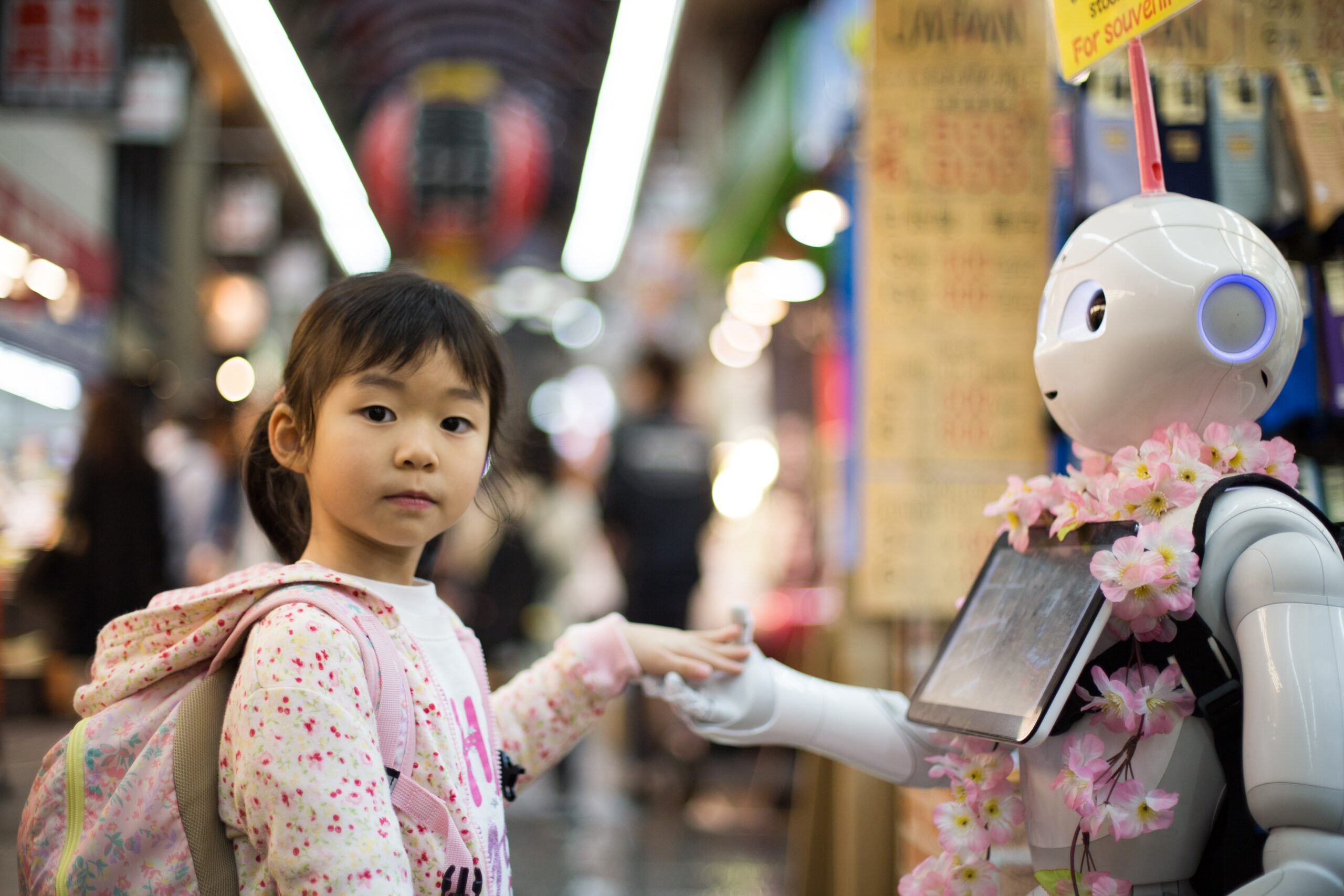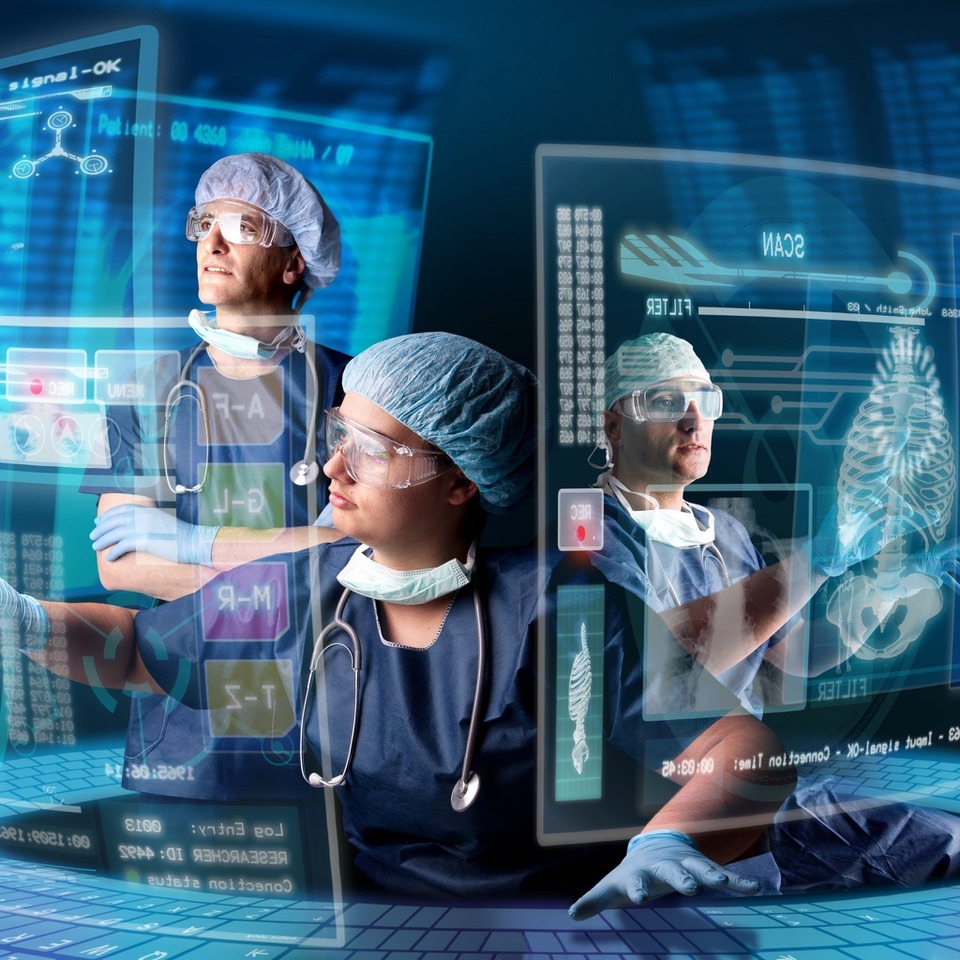The development of automatic machines disrupts and improves our lives in unimaginative, innovative ways. Robotic hands categorising items at factories, kiosk machines taking orders at fast-food restaurants, writers powered by artificial intelligence and many other technical tools are there to help or even to replace human’s jobs.
In recent years, in the line with such development, many types of technology have been adopted by the healthcare industry as well.
For example, Google’s DeepMind announced that it successfully built a tool that makes estimations and analyses of breast cancer, powered by artificial intelligence, last year. That’s not all. Other technologies, such as virtual reality, augmented reality are already in use for patients to lessen their pain and improve their experience at hospitals.
A recent effort of robot developers takes a step further — they have introduced robotic nurses, or nursing robots, to look after patients.
While some question capabilities and necessity of robotic nurses, developers explain the purposes of these robots and what they can do to advance the healthcare industry, especially during the pandemic.
What Are Robotic Nurses?
Some hospitals already have hired robots as workers. These machines have been delivering food trays, medicines, and other necessary items to a range of recipients throughout hospitals.
Robotic nurses, however, do a bit more than simply delivering an item to a designated destination.
Robotic nurses are often defined as robotic technologies with capabilities to assist or carry out mundane duties of the medical staff at hospitals and health care facilities. Their functions and appearances are various — the ones that look like humans are called humanoid robotic nurses.
The roles of robotic nurses can differ based on what they are designed for. For instance, they could provide some help with patient transfers, delivery of heavy items, medicines and tools to surgery rooms. Some experts say that robotic nurses can be used for telemedicine as well. Robotic nurses can visit where patients live, take vitals and other medical information that medical staff need to diagnose.
The biggest advantage of using robotic nurses in the field is that they can relieve the physical burden of the medical staff. Human nurses can request robotic colleagues, or tools, to take care of simple tasks while they focus on their primary duties.
Robotic nurses can also decrease the risk of their human counterparts being exposed to dangerous infections or chemicals. If they are programmed to be controlled remotely, nurses will be able to look after patients who contracted an infectious virus, for example, without being physically close to them.
Rise of COVID-19
The outbreak of COVID-19 has been a big challenge to nurses and doctors, as they are more likely to be exposed to the virus than other people. From wearing heavy protective gear to severe sleep deprivation, there have been many physical, mental difficulties for the staff.
This is why some robot developers, even those who were not part of the health care sector, decided to build robotic nurses that can work at the frontline of COVID-19 caregiving.
Invento Robotics, a team based in Bangalore, India, changed its goal to building health care robots from building robots for customer engagement.
“Like with many companies, COVID-19 completely altered the way we do business,” Balaji Viswanathan, CEO of Invento Robotics, told 4i Magazine.
“Our business relied on getting human interaction in public places, and that was gone. We were forced to reinvent and pivot — and moved from building robots for customer engagement to build robots for care.”
Since the virus outbreak, the company has introduced three different types of robotic nurses. First is Astra that can assist disinfection of rooms and places. Another model is named Robodoc, which is built to deliver medical equipment to hospital beds.
What garnered the biggest attention from the public is Mitra, meaning “friend” in Hindi, a humanoid robot built to interact with the elderly and those who are isolated due to the COVID-19 pandemic. Mitra offers a helping hand to the medical staff who work in distant places, too.
“Mitra is a companion and provides an avatar for human caregivers,” Viswanathan said. “The Mitra helps a remote nurse to take care of senior citizens in far off places. The robot provides monitoring, data collection and entertainment.”

One of the first hospitals that hired Mitra is Yatharth Hospital in Noida, India, in November 2020. The hospital deployed one Mitra at the entry to assist the staff with COVID-19 diagnosis and another at its intensive care unit.
The robot is now used at health care facilities in five different countries and hopes to reach out to more patients soon.
Along with Mitra, another robotic nurse in Hong Kong was in the limelight recently.
Grace, she is called, created by an American company Hanson Robotics, is a robotic nurse that has the features of an Asian woman in a nurse uniform.
The developers say she was designed to relieve the burden on the medical staff’s shoulders. According to Reuter’s report, this AI-powered robot can diagnose patients and check their temperatures. Their best features, however, is “social stimulation” and “talk therapy”.
“I can visit with people and brighten their day with social stimulation … but can also do talk therapy, take bio readings and help health care providers,” Grace was quoted as saying.
Hanson Robotics is planning to mass-produce the beta version of this nursing robot. They also expect their robots to be exported to other Asian countries, including Japan and South Korea, in the hope to have a positive impact on society.
Robotic Colleagues for Nurses?
The overall reaction from the patients to these robotic nurses is positive. However, some medical staff remain confused about whether they should treat these new colleagues as a tool with a caring function or as a real colleague who can work with them.
“Patients often reach (Mitra) with excitement,” Viswanathan said. “Sometimes staff can be a little cautious as they feel intimidated by the newer technology and often don’t see immediate personal benefit from that. This is something we are working on.”
Some are concerned over how well these robotic nurses can support patients emotionally. No matter how smart they are, they will always be just robots who perform what they are programmed to do, critics say.
A study in 2018, conducted by Rozzano C. Locsin and his team, concluded that there is a potential for robotic nurses to also offer emotional support, or caring, once developers recognise the manifestation in caring and program them with perhaps advanced artificial intelligence.
Robotic nurses’ primary goals don’t have to be providing emotional support to patients, either. Other functions can be useful at hospitals, too. For example, they could help the medical staff, who already have emotional capabilities to look after their patients, by doing simple, repetitive tasks, such as food delivery.
Some critics wonder if the increased interaction with these robotic nurses will replace human nurses eventually. As for now, the artificial intelligence technology used in these programmed machines is not as socially smart as humans. They would be able to engage in a simple discourse as our smartphone in-voice assistants do, but nothing more complicated than that yet.
But the market and its technology are developing fast. Locsin and his team wrote in their paper “Humanoid Nurse Robots as Caring Entities: A Revolutionary Probability” that human nurses will soon confront a point where they should learn how to coexist with robotic colleagues with their roles shared.
The development of robotic nurses can be a new opportunity, not just a threat, for human nurses, too. Once robotic nurses start to be deployed, hospitals would need managers to oversee them. Human nurses, who already know how the job is done, can remotely control or manage them.
“Every new technology will be seen as something disrupting the way we do things and dislocating some of the jobs,” Viswanathan said.
“If done well, the robots can enable humans to take up avatars in many locations at once and do work like never been done before.”



